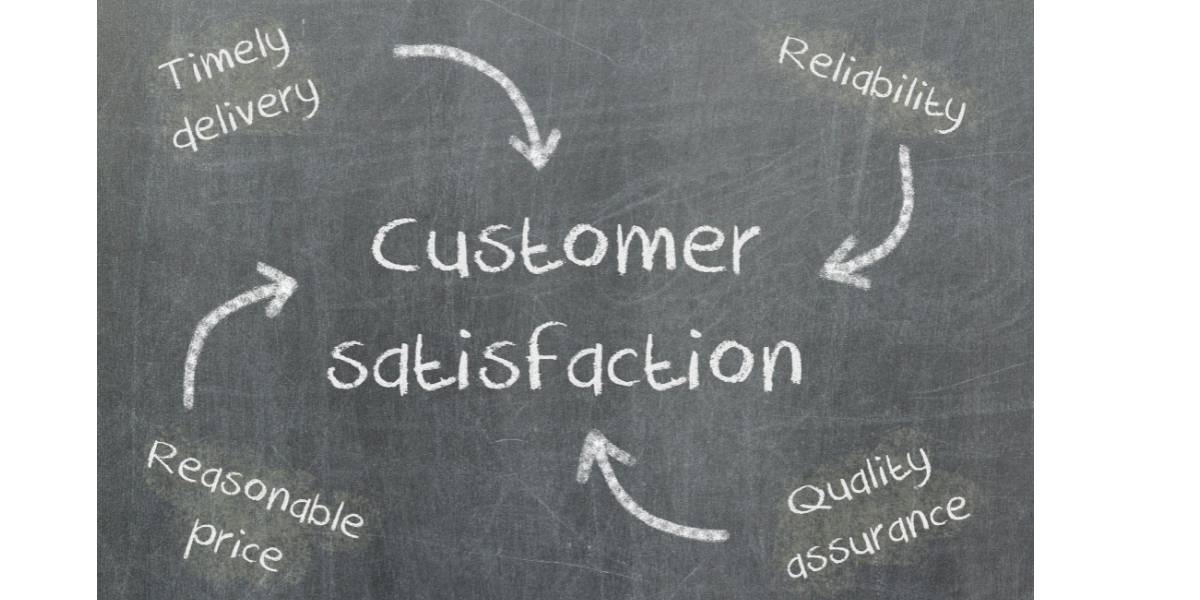From “We Are Ready” to Strategic Execution: Unveiling the Pitfalls and Proposing Solutions for Success
Introduction
In the dynamic world of business, having a well-thought-out plan is essential. However, it is not uncommon for companies to fall into the trap of declaring readiness without thoroughly executing their plans. Merely proclaiming preparedness, without scrutinizing potential failure points, can be a recipe for disaster. This blog post aims to shed light on the issues associated with this approach and offer practical suggestions on how companies can shift their focus to strategic execution for optimal success.
The Problem
The phrase “We are ready” can be misleading and deceptive, as it often masks the lack of a concrete plan for execution. Companies that rely on this proclamation tend to overlook crucial aspects that can ultimately hinder their success. Here are some key issues related to this mindset:
- Inadequate analysis and planning: Declaring readiness without analyzing potential risks and challenges can leave companies ill-prepared to handle obstacles that may arise during execution. A lack of strategic planning can lead to missed opportunities and poor decision-making.
- Neglecting contingency plans: Failure to consider backup plans or alternative strategies in the event of unforeseen circumstances can leave companies vulnerable. Without contingency plans, unexpected challenges can derail progress and hinder overall success.
- Poor resource allocation: A focus solely on hard work and dedication, without considering resource allocation, can lead to inefficient use of time, money, and manpower. Companies need to align their resources with their strategic goals to optimize productivity and achieve desired outcomes.
- Lack of accountability: Merely proclaiming readiness without holding individuals or teams accountable for their roles and responsibilities can result in a lack of ownership. Without clear accountability, it becomes challenging to identify and rectify issues promptly, leading to a breakdown in execution.
Solutions for Effective Execution
To transition from the “We are ready” mindset to a culture of strategic execution, companies should consider implementing the following suggestions:
- Thorough planning and risk assessment: Invest time and resources in comprehensive planning, analyzing potential risks, and creating actionable strategies. By identifying possible points of failure in advance, companies can proactively mitigate risks and develop contingency plans.
- Establish clear goals and milestones: Set specific, measurable, achievable, relevant, and time-bound (SMART) goals to guide the execution process. Break down these goals into smaller milestones, allowing for better monitoring of progress and making adjustments as needed.
- Foster a culture of accountability: Clearly define roles and responsibilities, ensuring that each individual understands their contribution to the overall plan. Establish regular check-ins and performance evaluations to hold individuals accountable for their tasks and motivate them to deliver high-quality results.
- Regular evaluation and adaptation: Implement a feedback loop that encourages continuous evaluation and learning from both successes and failures. Regularly reassess the execution plan, making necessary adjustments to optimize performance and align with changing market dynamics.
- Effective resource allocation: Ensure resources are allocated strategically based on the priorities identified during the planning phase. Regularly review and adjust resource distribution to maximize efficiency and minimize wastage.
- Encourage open communication: Foster a culture of transparency and open dialogue where employees can voice concerns, provide feedback, and share ideas. This collaborative approach allows for better problem-solving and ensures everyone is aligned with the execution strategy.
Conclusion
While proclaiming readiness may generate a sense of confidence, it is ultimately strategic execution that leads to success in business. By acknowledging the pitfalls associated with a “We are ready” mindset and implementing the suggested solutions, companies can enhance their chances of achieving their goals. A diligent focus on planning, accountability, adaptability, and resource optimization will transform an organization’s readiness into tangible results, propelling them towards sustained success in today’s competitive landscape.










